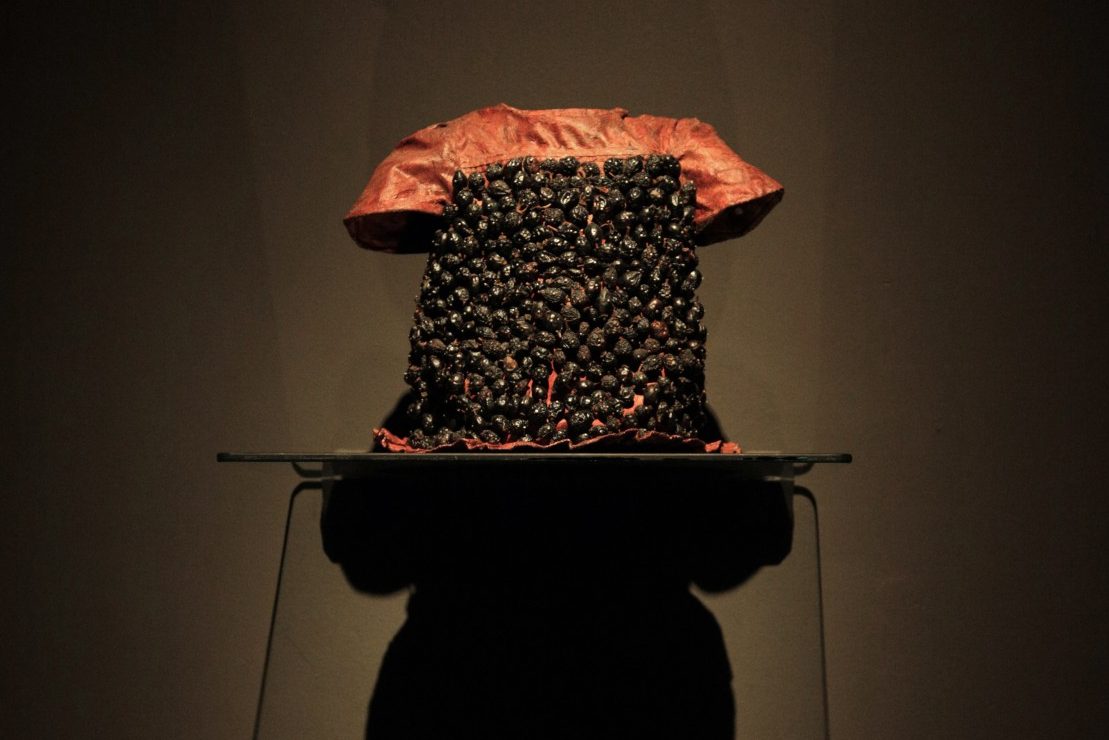One hundred years after the Rising, a lot has changed for gender and political interpretations of women, although there is much work to be done to fully incorporate women into history. The election of Mary Robinson in 1990 and her presidency for the subsequent seven years changed the way we think of the female body politic in Ireland.

In art and literature, more space is being created for women in this contemporary environment and with the advent of gender and sexuality studies. Contemporary works from Irish women are used to counter-symbolic nationalistic portraits painted during the Rising and give agency to women—artist Alice Maher does just this with her art. She sums it up eloquently:
“Underlying the works are issues of identity. The constant personification and imaging of Ireland as ‘mother Ireland’ has made identity a rich subject for Irish women artists,”
and has allowed a re-look at interpretations in folklore and traditional culture. She challenges us to rethink the “Cathleen principle,” or the repeated symbolization or iconography of Irish women after the cultural revival that created her. Re-dressing Cathleen means,
“sentimentalizing of the human experience encouraged by this monolith, and to all the denial of humanity that implied.”
It is a Feminist reclamation of the body, and a denial of the modernism that denied this body agency.



